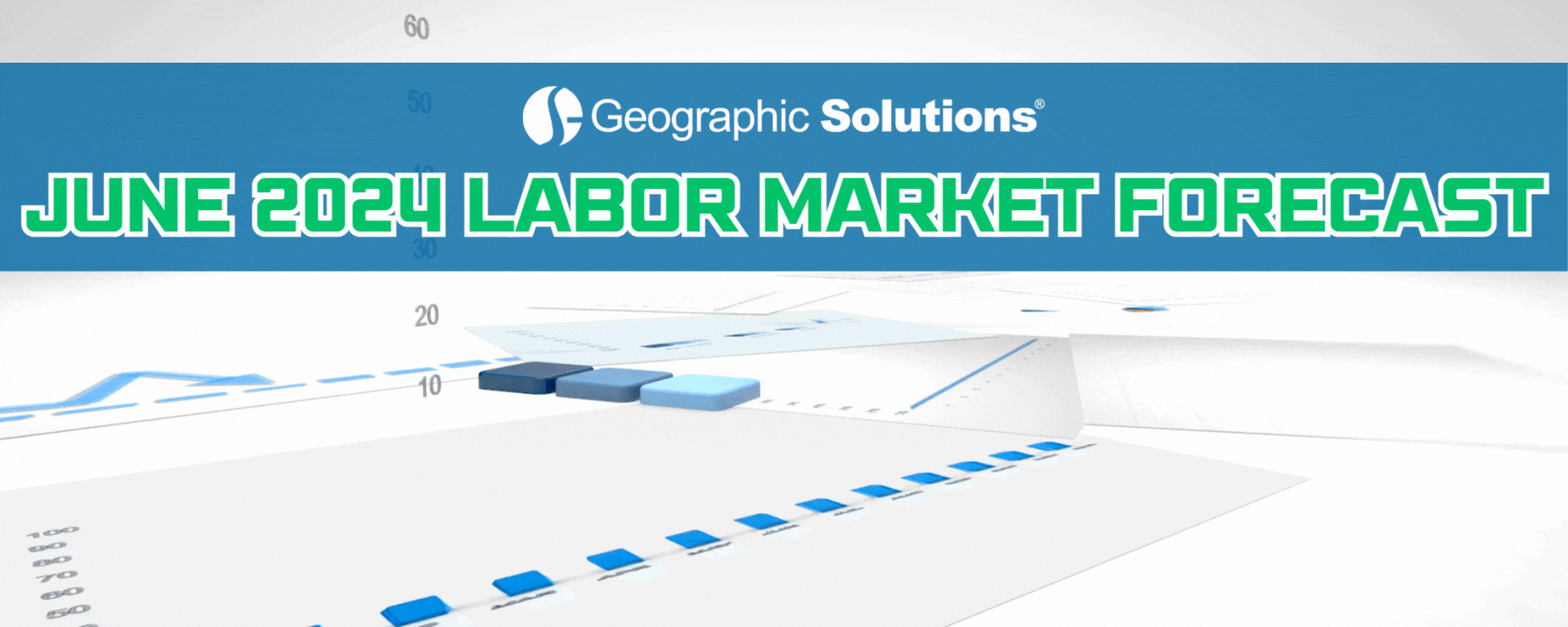
U.S. employment is expected to increase by 237,000 jobs in June
KEY TAKEAWAY: Employment in the U.S. is projected to have risen in June 2024 by 237,000 jobs while the unemployment rate is expected to remain at 4.0%.
-1.png?width=1000&height=150&name=LABOR%20MARKET%20OVERVIEW%20(1)-1.png)





Employment
- Our Expectations: We have been anticipating that elevated interest rates, stubborn inflation, and slowing business activity would start to take hold in the labor market over the next several months - effectively slowing down job growth. April’s lower job creation appears to have been a false signal after a strong performance in May. June should shed more light on whether the labor market is beginning to be dragged down by other economic fundamentals.
- Diving in: Other payroll survey data indicated a steady performance in the labor market, with weekly hours holding at 34.3 and estimated real wages ticking up for the first time since January. This contributes to a mixed picture on where inflation and the labor market are headed, which can slow business expansion and economic growth.
Unemployment Outlook
- Breaking it Down: The U-6 unemployment rate, which includes discouraged, underemployed, and unemployed workers in the country, stayed at 7.4% in May. On the other hand, the U-3 unemployment rate, which indicates only the number of unemployed people actively seeking a job, climbed to 4.0%. This is the first time in two years that the jobless rate is not below 4%.
- What Does This Mean?: The increase in the U-3 unemployment rate, along with a shrinking labor force participation rate, suggests that the labor market is cooling. After a brief reprieve, it seems the Current Population Survey, which calculates the unemployment rate, is trending differently from the payroll survey. This clouds the labor market outlook for the Federal Reserve and other policymakers.
Key Indicators
- What We're Watching: The factors determining the predicted job creation and unemployment rate are below. They include the number of monthly job openings, average job salaries, job searchers, and the number of unemployment claims applications. This data from Geographic Solutions' (GSI) during the June survey period shows the following:
- The number of job openings decreased by 6%
- The number of Job applicants has remained increased by 33%
- The total amount of unemployment claims processed by Geographic Solutions declined by 25.9%
- The number of job openings decreased by 6%
Employment & Unemployment Forecast
.png?width=850&height=85&name=Labor%20Market%20Overview%20-%20Charcoal%20(2).png)
Yes. Although job growth will be slow, recent employment gains coupled with an uptick in labor force participation rate seem to be enough to maintain positive forward momentum.
The large job growth seen over the last year gives the Federal Reserve room to maintain or raise rates without pushing the economy into a recession.
The labor market may give the appearance of being tight to some, but here's why it's not. Typically a tight labor market means that the unemployment rate maintains a low rate after a period of decline, job growth slows, and wage growth picks up. Recent growth in jobs contradicts that we're in a tight labor market.
Geographic Solutions derives its employment forecast and unemployment rate forecast from internal data on the number of job openings, searchers, and employment and unemployment applications filed on Geographic Solutions' state client sites. The forecast uses unemployment claims data from the U.S. Department of Labor (USDOL).
.gif)

Are you enjoying Phillip Sprehe’s insights and analysis? Interested in having him speak or provide content for podcast, television, internet, or other mediums? Please email us using this form.
